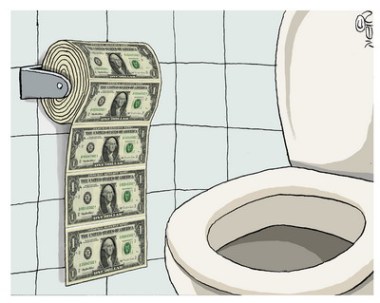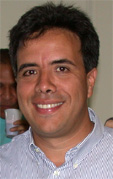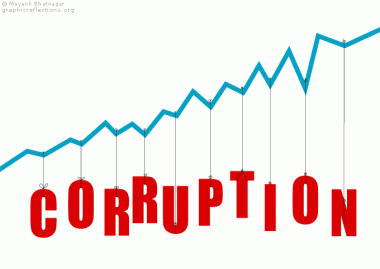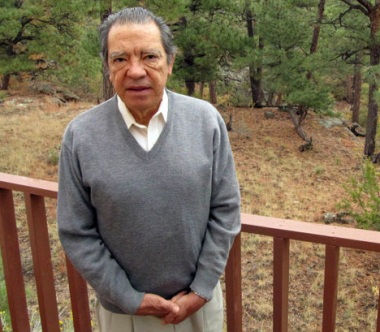
A few days ago I wrote about the changes to the Central Bank’s Bill which were approved by the National Assembly in its first discussion of the Bill. It was truly scary and irresponsible. Perhaps the most irresponsible part was the fact that the Central Bank could use as part of its international reserves securities issued “by public entities”. This meant that the Central Bank could buy bonds from any Government entity such as PDVSA or CVG and count it as part of the Central Bank’s reserves.
But something happened, someone intervened and good sense prevailed and magically in the version of the Bill that I received tonight, which I have reasons to believe is the truth (The Assembly’s web page is down) the term “foreign” was added to “public entities” and the whole thing was stopped. This was the good news.
At the same time, about the only good thing in the Bill was removed. In the version approved in the first discussion, the Central Bank was tasked with establishing an “adequate” level of international reserves every six months and was ordered to transfer to Fonden(or the entity designated by the Government) within fifteen days after the end of the semester any excess. But, it also stated in the version approved then, that Fonden would have to return funds in reserves fell below this “adequate” level. This last part was removed from the second and final version. This was the bad news.
The Bill is still not very good, as it allows the Central Bank to finance the Government and its decentralized entities and also allows the Central Bank to lend money to Government entities which give it as guarantee Government paper. This is all inflationary, artificial and simply accelerates the monetary bubble being pumped up in Venezuela.
Thus, as far as I understand it tonight (another gnome could still change this version approved by the Assembly before it becomes law) here are the most relevant changes approved that will allow the Central Bank to finance the Government in the upcoming months:
—The Central Bank will be allowed to lend, receiving as guarantee securities issued by the Republic or any of its decentralized entities, as well as “related instruments”. Moreover, the Central Bank could establish special conditions in terms of maturities and interest rates when these activities derive from programs which the Government has established as having priority in agriculture, manufacturing, construction, foodstuffs or projects which will generate exports, as well as those destined to the manufacturing of gold coinage. As such, the terms will be determined according to the nature of the sector or project and should have sufficient guarantee, according to the Board of the BCV, which can be a real guarantee over the goods that are part of the programs.
The same will be true of the BCV discounting Bills, promissory notes and other securities coming from the same programs. These programs will have an annual budget from the Venezuelan Central Bank.
—The Central Bank will be able to buy securities from PDVSA in the primary market in exchange for local currency, but it can only buy securities denominated in foreign currency in the secondary markets.
—The Central Bank will present the Executive Branch a study every semester of the estimation of what is the adequate level of international reserves. The Central Bank will transfer any excess reserves to the entity designated, no later than fifteen days after the end of the semester.
This is still bad, particularly the first point. The Central Bank will still be allowed to buy PDVSA securities and any others issued by Government entities, but since it can not count them against reserves it will have to be ore careful than in the original version.
However, the inflationary possibilities of having the Central Bank lend against Government paper are simply endless.
So, this was simply a case of good news and bad news, or bad news or good news, whichever way you want to take it.



 While I don’t particularly like Isamel Garcia of Podemos, he simply stuck his guns with Chavez for too long, you have to give him his due for doing what others are afraid of. In a little noted act last Friday, Garcia went to the Prosecutors Office with the leader of his party Podemos in the National Assembly
While I don’t particularly like Isamel Garcia of Podemos, he simply stuck his guns with Chavez for too long, you have to give him his due for doing what others are afraid of. In a little noted act last Friday, Garcia went to the Prosecutors Office with the leader of his party Podemos in the National Assembly 


